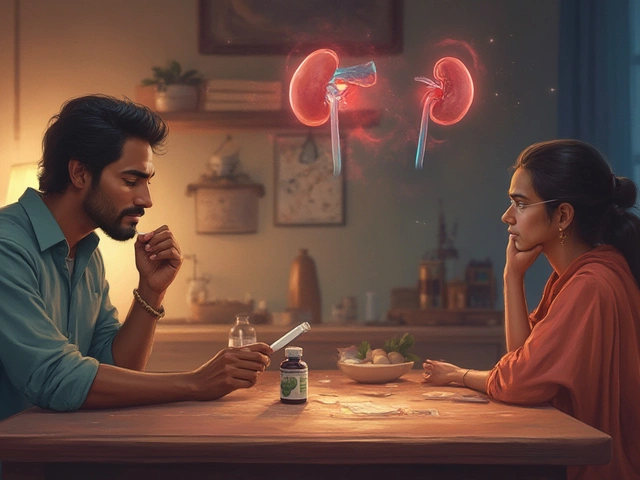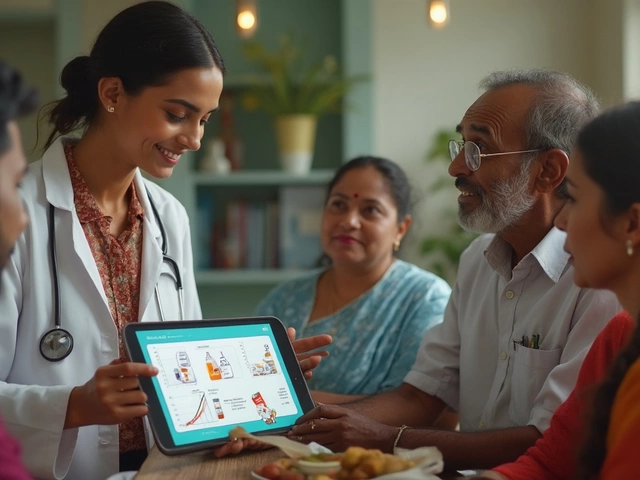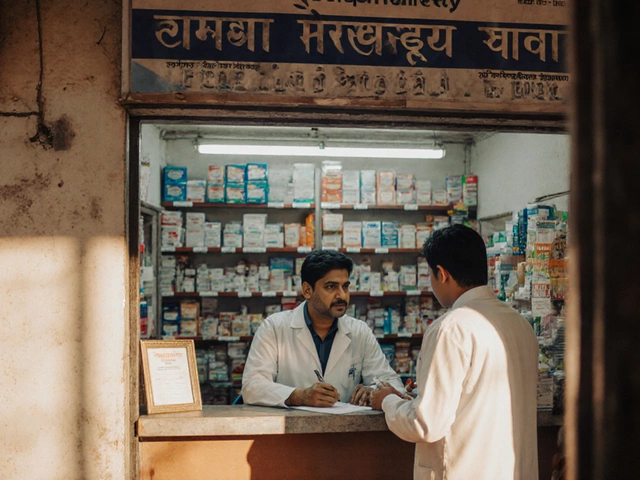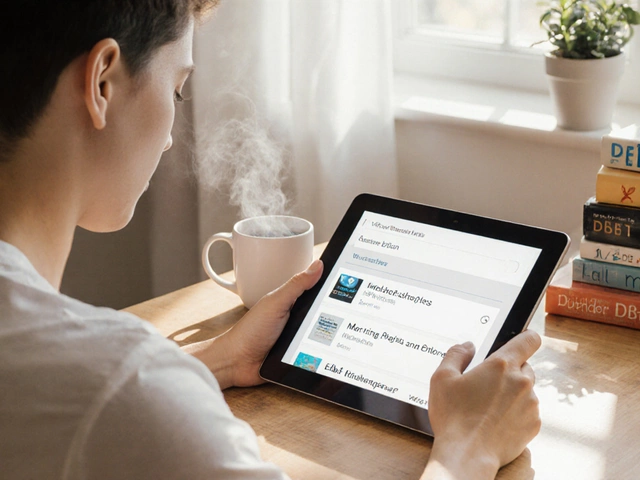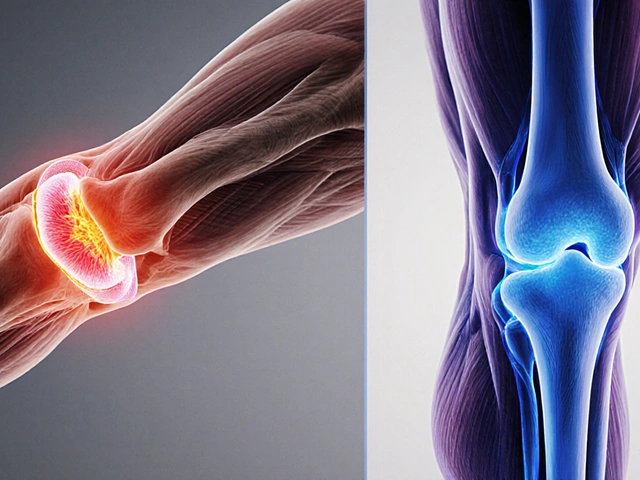Diabetes Control Difficulty Calculator
This calculator assesses how challenging your diabetes management might be based on medical factors and lifestyle. Based on the article content, brittle diabetes (severe Type 1) is often the most difficult to control due to unpredictable blood sugar swings.
When people ask which diabetes is hardest to control, they’re usually thinking about daily insulin shots, wild blood sugar swings, or the frustration of eating right and still seeing numbers spike. The answer isn’t simple - but if you’re looking for the most unpredictable, stubborn, and exhausting form of diabetes to manage, it’s brittle diabetes, often linked to Type 1.
What Is Brittle Diabetes?
Brittle diabetes isn’t a separate diagnosis. It’s a term doctors use for Type 1 diabetes that swings wildly between high and low blood sugar, with no clear pattern. These swings happen even when someone follows their meal plan, takes insulin on time, and checks glucose regularly. One day, you’re stable. The next, you’re in the ER because your sugar dropped to 38 mg/dL overnight - and then shot up to 420 by noon.
This isn’t about laziness or poor discipline. It’s about biology gone haywire. The body’s insulin response becomes erratic. Stress, hormones, even weather changes can trigger massive shifts. People with brittle diabetes often need insulin pumps or continuous glucose monitors just to stay alive. Some require multiple daily injections and constant adjustments. In India, where access to advanced tech is uneven, managing brittle diabetes becomes even harder - especially in rural areas where glucose strips are expensive and specialists are far away.
Why Type 1 Is Harder Than Type 2
Type 2 diabetes is often called the "lifestyle disease." It’s linked to weight, inactivity, and diet. Many people can manage it with metformin, weight loss, and lower carbs. Some even reverse it. But Type 1? It’s autoimmune. The body kills off its own insulin-producing cells. No amount of exercise or kale smoothies can bring them back.
People with Type 1 must inject insulin every single day - sometimes five or six times. Miss a dose? Blood sugar climbs fast. Eat too much rice? It spikes. Exercise too hard? It crashes. There’s no off-switch. Unlike Type 2, where the body still makes some insulin (even if it’s not used well), Type 1 has zero backup. That’s why hospitalizations for diabetic ketoacidosis (DKA) are far more common in Type 1 patients - especially teens and young adults who forget doses or skip meals.
A 2023 study in the Indian Journal of Endocrinology and Metabolism found that Type 1 patients in urban India had HbA1c levels averaging 8.7%, while those in rural areas hit 9.8%. That’s far above the 7% target. And brittle cases? Many hover above 10% despite extreme effort.
Why Type 2 Can Be Just as Tough - If Not Tougher
Don’t assume Type 2 is easy. For many, especially those with severe insulin resistance, it’s a daily battle. Imagine taking metformin, GLP-1 agonists, and insulin - and still waking up with fasting sugars over 200. That’s not rare. In India, where diets are shifting toward refined carbs and sedentary lifestyles, Type 2 is becoming more aggressive.
Some people with Type 2 develop what’s called "double diabetes" - they have insulin resistance (Type 2) and also lose insulin production (like Type 1). These patients need insulin sooner, and their control is just as fragile. A 2024 survey from the Madras Diabetes Research Foundation showed that nearly 40% of Type 2 patients on insulin still couldn’t reach target HbA1c levels after two years - even with three or more medications.
And then there’s the emotional toll. Type 2 patients are often blamed. "Why didn’t you lose weight?" "You ate too much sugar." But genetics, stress, sleep deprivation, and even pollution can drive insulin resistance. You can’t always fix it with willpower.
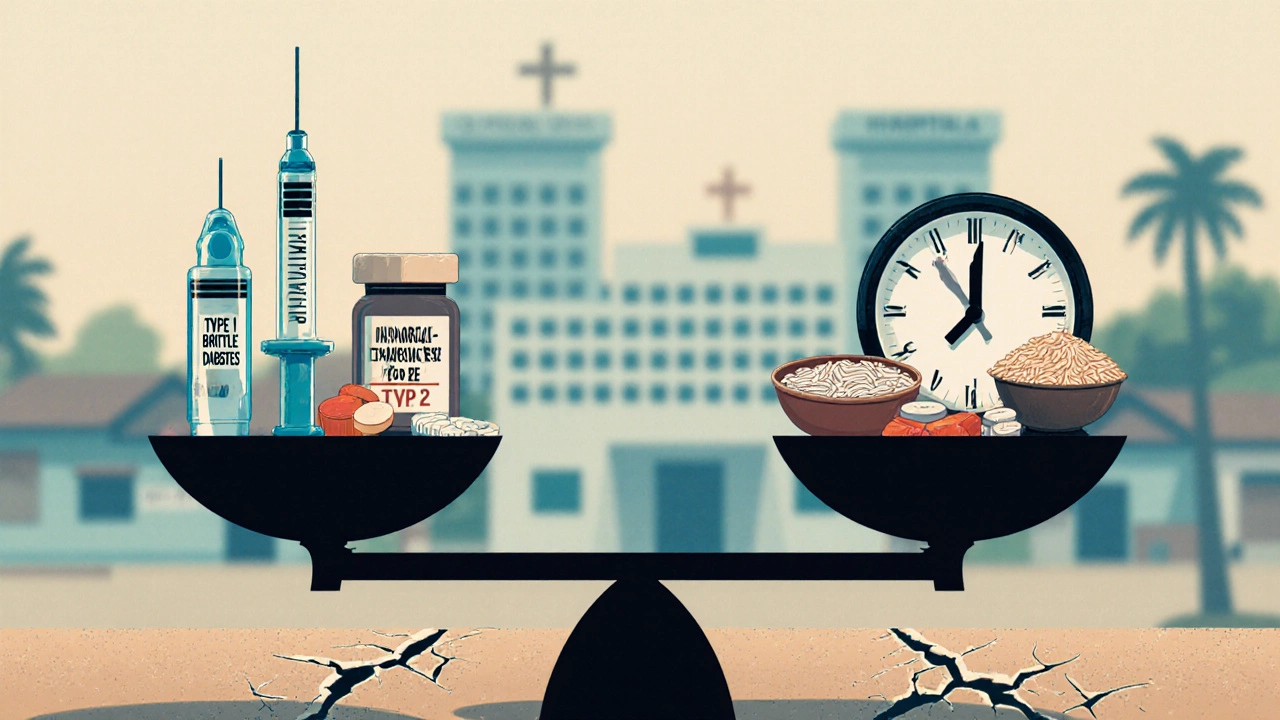
The Hidden Factors That Make Control Impossible
It’s not just about insulin and carbs. Other things wreck control:
- Stress hormones - Cortisol from work, family fights, or financial worry can spike blood sugar for days.
- Sleep apnea - Common in Type 2, it raises glucose by disrupting insulin sensitivity.
- Medication side effects - Steroids, antidepressants, and even some blood pressure pills can make sugar harder to manage.
- Delayed digestion - Gastroparesis, common in long-term diabetes, means food enters the bloodstream unpredictably. You inject insulin for a meal - but it hits two hours later. Result? Low then high.
- Cost - In India, insulin prices have dropped, but test strips, pumps, and specialist visits still cost hundreds of rupees monthly. Many skip checks or ration insulin.
One patient I know from Bangalore - a school teacher with Type 1 - skips her afternoon insulin on Fridays because she can’t afford the strips to check if it’s safe. She’s been hospitalized twice this year. She’s not careless. She’s trapped.
What Works - And What Doesn’t
There’s no magic fix. But some strategies make a real difference:
- Continuous Glucose Monitors (CGMs) - These devices show trends, not just snapshots. They warn you before a crash. In cities like Bangalore and Pune, CGMs are becoming more common - but still out of reach for most.
- Insulin pumps with smart algorithms - Hybrid closed-loop systems (like MiniMed 780G) adjust insulin automatically. They’re not perfect, but they reduce swings by 30-40%.
- Low-carb, high-protein diets - Not keto. Just reducing white rice, bread, and sugar. A 2023 trial in Chennai found that Type 2 patients on a 120g carb/day diet lowered HbA1c by 1.8% in six months - without medication changes.
- Regular sleep and stress management - Meditation, yoga, and even 20 minutes of walking after dinner can improve insulin sensitivity.
What doesn’t work? Blaming patients. Assuming Type 2 is "mild." Thinking insulin is a failure. Or waiting until complications hit before acting.
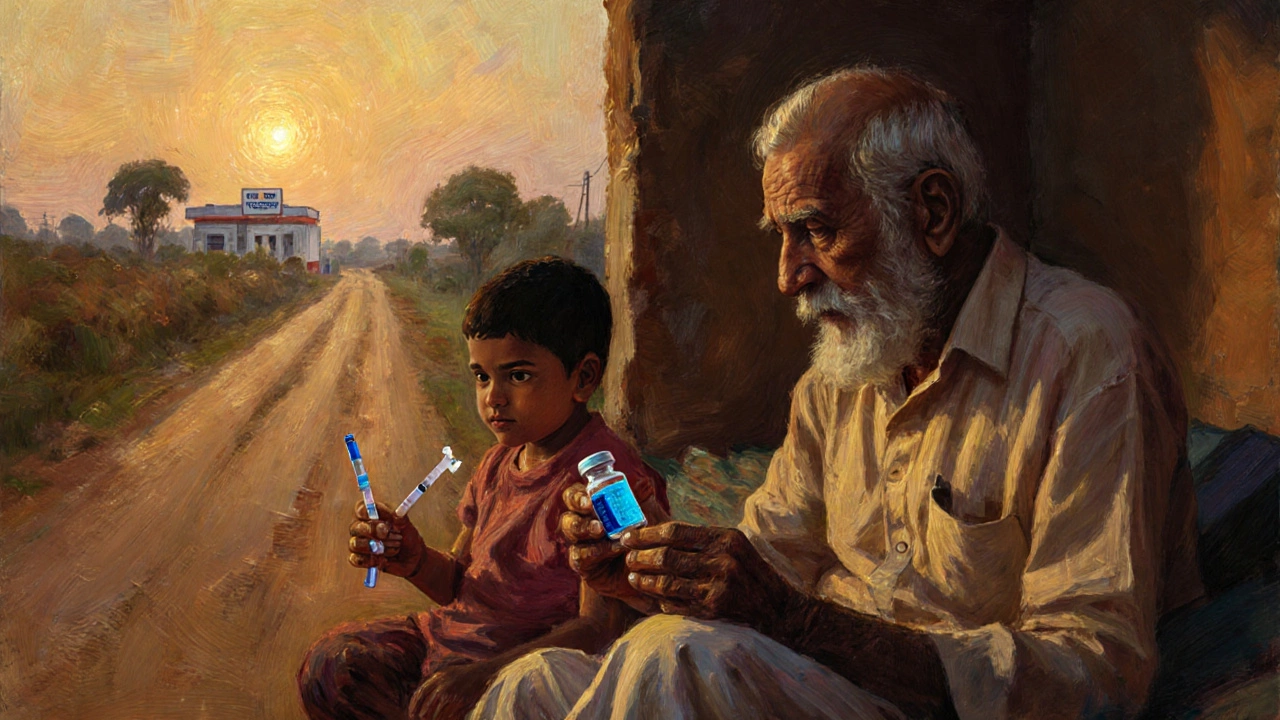
Who Has the Hardest Time?
It’s not just about the type - it’s about access, support, and life circumstances.
Children with Type 1? Their bodies change fast. Growth spurts, puberty, school stress - all mess with insulin needs. Parents are exhausted.
Older adults with Type 2? They may have kidney issues, heart disease, or dementia. Taking 8 pills a day is confusing. Forgetting a dose can be deadly.
Women with gestational diabetes who later develop Type 2? Their bodies are already worn down. Pregnancy changes insulin sensitivity permanently.
And then there’s the rural poor - the 70% of Indians with diabetes who live outside cities. No nearby clinics. No refrigeration for insulin. No transport to specialists. For them, control isn’t a challenge - it’s a luxury.
Final Thought: Control Isn’t the Goal - Survival Is
Some people chase perfect numbers. But in real life, especially in places like rural India, the goal isn’t 6.5% HbA1c. It’s staying alive. Avoiding amputations. Not ending up in the hospital every other month.
Brittle Type 1 is the most unpredictable. But Type 2, when ignored or under-treated, kills more people. Both are brutal. Both need better systems - not just better meds.
The hardest diabetes to control isn’t the one with the most insulin. It’s the one you’re left to manage alone - without money, without support, without hope.
Is Type 1 diabetes harder to control than Type 2?
Yes, in most cases. Type 1 requires constant insulin because the body makes none. Type 2 can often be managed with diet, exercise, and oral meds - at least at first. But Type 1 has no safety net. Even small mistakes can lead to dangerous highs or lows. Brittle Type 1, where blood sugar swings wildly, is especially hard to stabilize.
Can brittle diabetes be cured?
No, brittle diabetes cannot be cured. It’s a severe form of Type 1 diabetes caused by an autoimmune attack on insulin-producing cells. There’s no treatment that can restore those cells yet. But with advanced tools like continuous glucose monitors and hybrid closed-loop insulin pumps, many people can achieve much more stable control - even if it’s not perfect.
Why does my blood sugar spike even when I don’t eat sugar?
Many foods turn into glucose fast - white rice, bread, potatoes, even fruit. Stress, lack of sleep, illness, and certain medications can also raise blood sugar. Hormones like cortisol and adrenaline trigger the liver to release stored glucose, even if you haven’t eaten. That’s why you might wake up with high sugar after a stressful day.
Is insulin the only option for Type 1 diabetes?
Yes, insulin is the only treatment for Type 1 diabetes. The body no longer produces insulin, so it must be replaced. There are no pills or supplements that can replace it. Some people use insulin pumps or CGMs to make dosing easier, but insulin itself is non-negotiable. Skipping it leads to diabetic ketoacidosis - a life-threatening emergency.
Can lifestyle changes reverse Type 1 diabetes?
No. Type 1 diabetes is an autoimmune condition where the immune system destroys insulin-producing cells. No amount of diet, exercise, or supplements can bring those cells back. Lifestyle changes help manage it better - reducing insulin needs and preventing complications - but they don’t reverse the disease. Be wary of claims that say otherwise.
What’s the most important thing for controlling diabetes?
Consistency. Not perfection. Checking blood sugar regularly, taking meds on time, eating balanced meals, and managing stress - even on bad days - matters more than hitting a perfect number once a week. Small, daily habits build long-term control. And having support - from family, doctors, or support groups - makes a huge difference.

